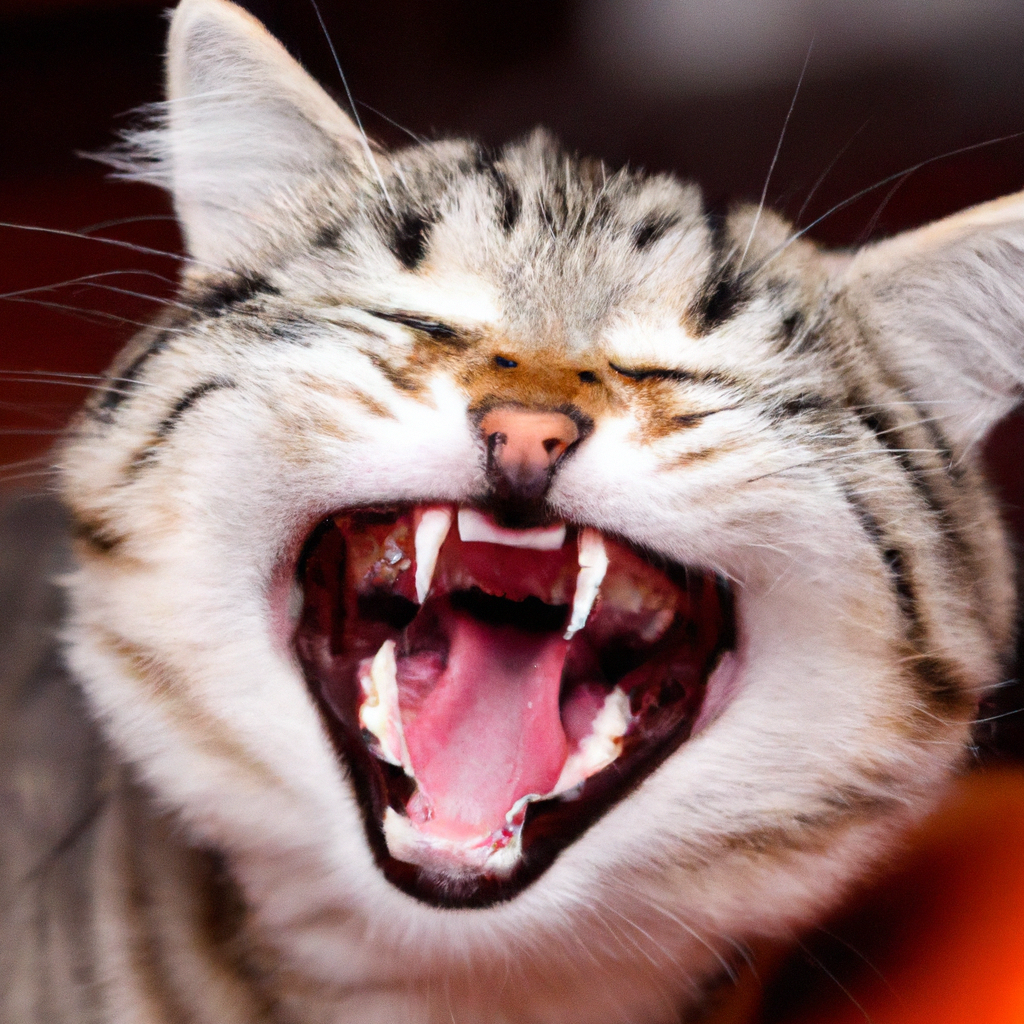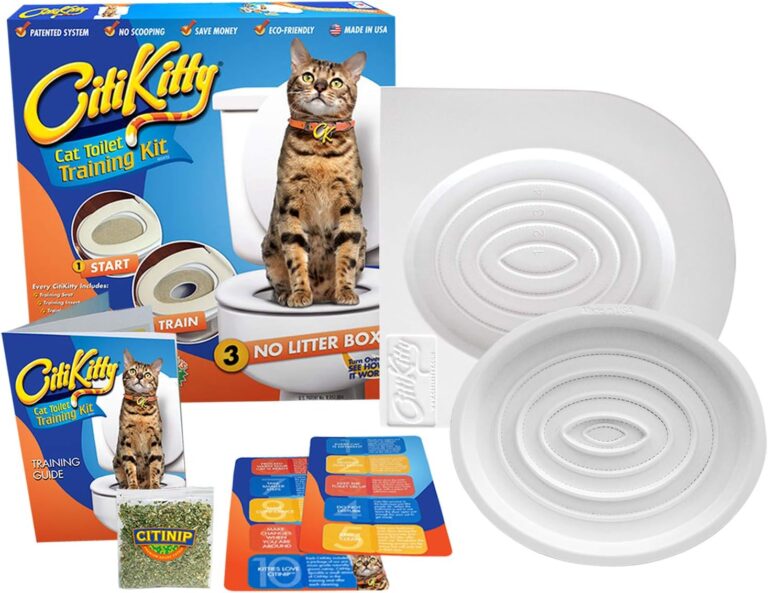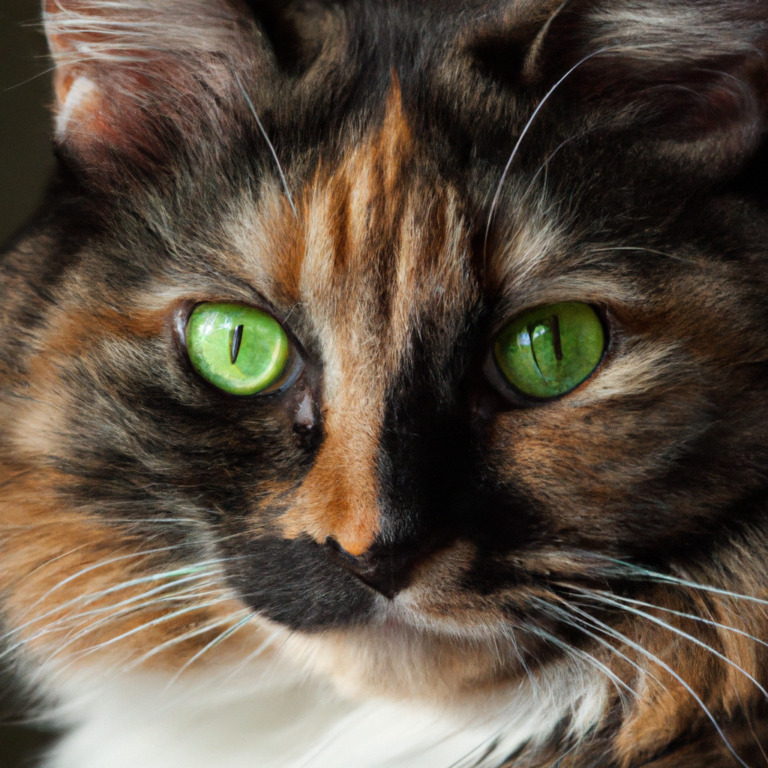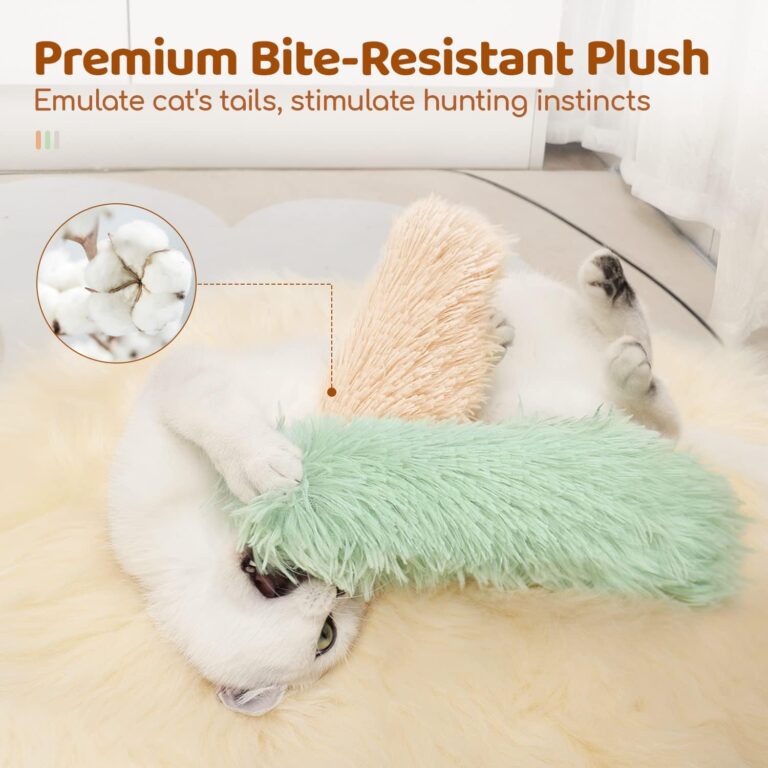Cat Growling
Imagine being able to have a meaningful conversation with your cat, where you can express your thoughts and feelings word by word. It may sound impossible, but with the right techniques, you can actually develop a unique form of communication with your furry friend. In this article, we will explore the fascinating world of cat growling and how it can be used as a language to bridge the gap between humans and felines. Discover the secrets behind this intriguing behavior and unlock a deeper connection with your beloved pet.
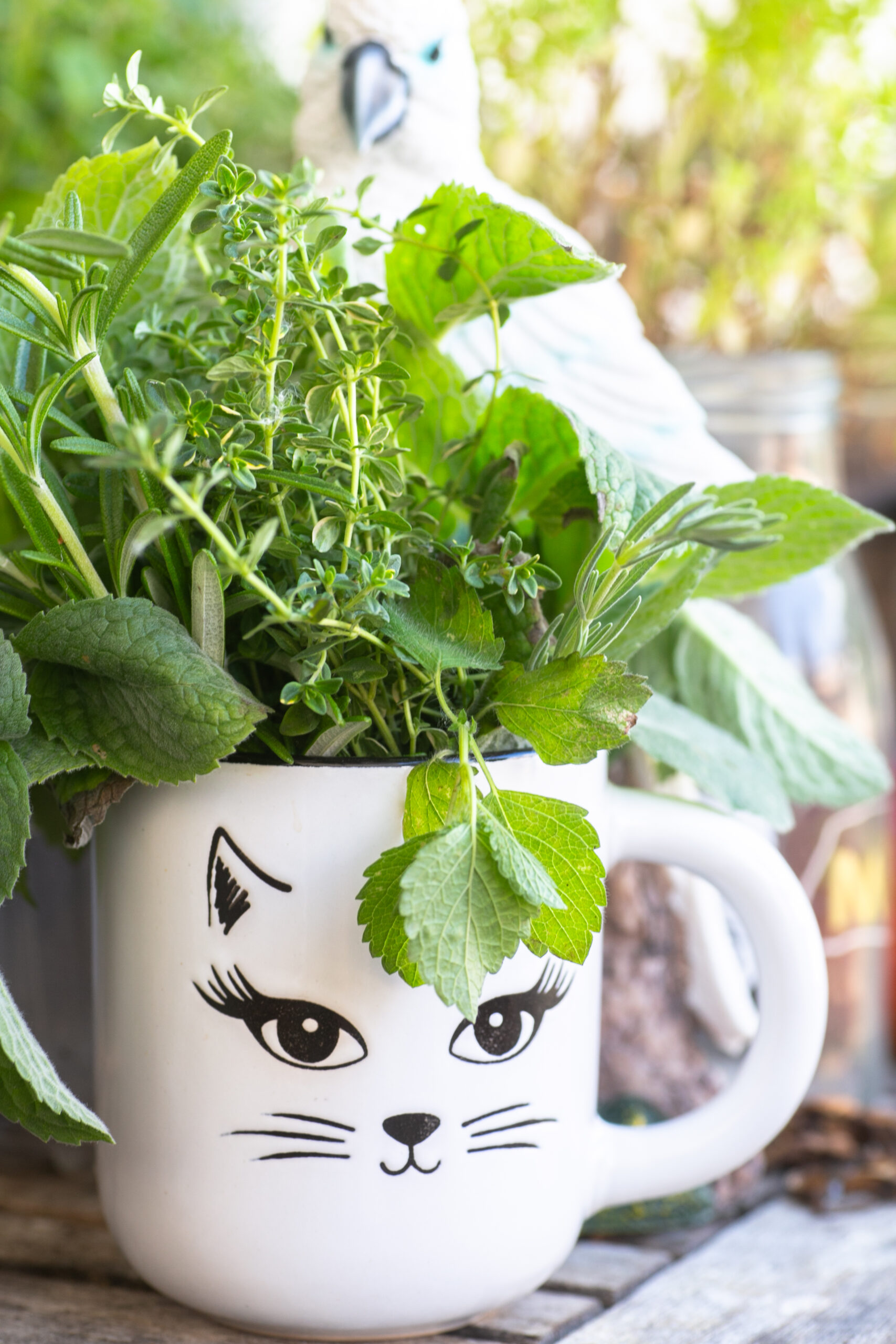
Learn how to speak directly to your cat, communicating your thoughts and feelings CLICK HERE
Understanding Cat Growling
Cats are fascinating creatures with unique ways of communicating. One of the behaviors that may puzzle cat owners is cat growling. So, what exactly is cat growling?
What is Cat Growling?
Cat growling is a vocalization that cats use to communicate their feelings of aggression, fear, anxiety, pain, or protectiveness. It is a low, guttural sound that often accompanies other body language cues to express a sense of warning or discomfort.
Reasons for Cat Growling
There are several reasons why a cat may growl. Understanding these reasons can help you determine the underlying cause and address it appropriately. Some common triggers for cat growling include:
Body Language and Vocalization
When trying to decipher cat growling, it’s crucial to pay attention to both body language and vocalization. While the growling sound itself indicates the cat’s displeasure or discomfort, the accompanying body language can offer further insight into their emotional state.
Differentiating from Other Vocalizations
While cat growling may sound similar to other vocalizations like purring or hissing, there are distinguishing factors to look out for. Purring usually indicates contentment or pleasure, while hissing is associated with fear or aggression. Understanding the differences can help you respond appropriately to your cat’s needs.
Common Triggers for Cat Growling
To effectively address cat growling, it’s important to identify the common triggers behind this behavior. Here are some common triggers for cat growling:
Territorial Aggression
Cats are naturally territorial animals, and growling can often be a form of territorial aggression. This may occur when a cat feels its territory is being invaded by other animals or even humans.
Fear and Anxiety
Cats can become fearful or anxious in certain situations, leading to growling as a defensive response. This could be triggered by loud noises, unfamiliar environments, or even past traumatic experiences.
Pain or Discomfort
When a cat is in pain or discomfort, it may growl as a way to communicate this discomfort to others. If your cat growls suddenly and seems unusually sensitive to touch, it’s important to consult with a veterinarian to rule out any possible underlying medical issues.
Protectiveness
Cats can be fiercely protective of their offspring or their owners. Growling in a protective context is often accompanied by other defensive body language cues, such as flattened ears or a puffed-up tail.
Learn how to speak directly to your cat, communicating your thoughts and feelings CLICK HERE
Signs and Symptoms of Cat Growling
To better understand cat growling, it’s important to recognize the signs and symptoms associated with this behavior. Pay attention to the following cues:
Auditory Cues
Cat growling is a distinct vocalization that is lower in pitch compared to purring or meowing. It often sounds aggressive, deep, and somewhat like a rumbling sound. If your cat is growling, you might also notice other vocalizations like hissing or yowling.
Physical Cues
In addition to vocalizations, cats also display physical cues when they growl. These may include an arched back, raised fur along the spine, fluffed-out tail, or a crouched body posture.
Behavioral Cues
Cat growling is typically accompanied by specific behavioral cues. These may include aggressive body language, such as swatting, lunging, or biting. Alternatively, a cat may attempt to retreat or hide as a defensive response.
Contextual Cues
Understanding the context in which cat growling occurs is essential. Pay attention to the triggers, the environment, and the circumstances surrounding the growling episode. This can provide valuable insights into the underlying cause of the behavior.
Responding to Cat Growling
When your cat growls, it’s important to respond in a manner that ensures both your safety and the well-being of your feline friend. Here are some tips for responding to cat growling:
Avoid Punishment
Punishing a growling cat can escalate the situation and lead to increased aggression. Instead of punishing, it’s important to focus on understanding and addressing the underlying cause of the growling.
Creating a Safe Environment
It is crucial to create a safe and secure environment for your cat. This includes providing hiding spots, litter boxes in multiple locations, and enough vertical spaces for your cat to retreat to when feeling threatened.
Professional Assistance
If your cat’s growling behavior persists or escalates, it may be necessary to seek professional assistance. A veterinary behaviorist or a certified animal behaviorist can help assess the situation and provide personalized strategies to manage the behavior effectively.
Training and Socialization
Training and socialization are vital in managing cat growling situations. Positive reinforcement techniques can help teach your cat appropriate behaviors, while socialization can help reduce fear and anxiety in various situations.

Preventing and Managing Cat Growling
Preventing and managing cat growling requires a proactive approach. Here are some strategies to consider:
Positive Reinforcement
Positive reinforcement is an effective technique for teaching cats appropriate behaviors. Rewarding desirable actions with treats, praise, or playtime can encourage positive associations and reduce the likelihood of growling.
Fear-Free Handling
Using fear-free handling techniques can help minimize stress and fear in cats. Gentle handling, positive reinforcement, and gradually introducing them to new experiences can help reduce their tendency to growl in fearful situations.
Regular Vet Check-ups
Regular visits to the veterinarian are essential for maintaining your cat’s overall health and well-being. Physical discomfort or underlying medical conditions can contribute to behavioral issues, including growling. Regular check-ups can help identify and address potential health issues.
Behavior Modification Techniques
Working with a professional behaviorist, you can employ behavior modification techniques to address and modify your cat’s growling behavior. This may involve desensitization and counterconditioning exercises to reduce fear or aggression in specific situations.
Tips for Dealing with Cat Growling
While prevention and management are essential, it is also crucial to know how to handle a cat that is already growling. Here are some tips for dealing with cat growling:
Identify the Trigger
Understanding the trigger or the source of the growling behavior is the first step in effectively addressing it. By identifying what prompts the growling, you can avoid or modify those situations to create a more positive environment for your cat.
Provide Safe Spaces
Cats need safe spaces where they can retreat when they feel threatened or overwhelmed. Set up cozy hiding spots, such as covered beds or dedicated cat trees, where your cat can feel secure and protected.
Interrupt and Redirect
When your cat starts growling, it can be helpful to gently interrupt the behavior and redirect their attention to a more positive activity. For example, you can offer a favorite toy or engage them in play to distract them from the triggering situation.
Use Calming Techniques
Calming techniques, such as gentle stroking, using soothing pheromone diffusers, or playing calming music, can help create a relaxed environment for your cat. These techniques can be particularly useful when your cat is feeling anxious or fearful.

Avoiding Cat Growling during Interactions
To create harmonious interactions with your cat, it’s important to understand their boundaries and respect their personal space. Here are some tips for avoiding cat growling during interactions:
Respecting Personal Space
Cats are independent creatures, and they appreciate having their personal space respected. Avoid overwhelming or crowding your cat by allowing them to approach you on their terms.
Reading Body Language
Understanding your cat’s body language can help you gauge their comfort levels. Signs of discomfort, such as flattened ears, dilated pupils, or a swishing tail, indicate that your cat may not be in the mood for interaction.
Avoiding Confrontation
Avoid confrontational actions or behaviors that may trigger your cat’s growling. Sudden movements, loud noises, or invading their personal space can lead to defensive responses.
Proper Socialization
Proper socialization during your cat’s early stages of life is crucial for their overall well-being. Gradually introducing them to various people, animals, and environments can help reduce their tendency to growl in unfamiliar situations.
Cat Growling towards Other Cats
Cat growling between cats is not uncommon, especially in multi-cat households. Here are some factors to consider when addressing growling between cats:
Introducing New Cats
When introducing a new cat to your household, growling is a common behavior as cats establish their territories and hierarchy. Ensure proper introductions are done gradually, allowing the cats to become familiar with each other’s scents and providing separate resources.
Resource Guarding
Growling can also occur when cats exhibit resource guarding behavior. This may involve growling over food, toys, litter boxes, or preferred resting spots. Providing multiple resources and ensuring each cat has their own space can help alleviate this behavior.
Territorial Disputes
Cats are naturally territorial, and disputes between cats over territory can lead to growling. Providing adequate vertical spaces and separate areas for each cat can help minimize territorial conflicts.
Separation Techniques
In some cases, separation may be necessary to manage cat growling between cats. This can involve providing separate living spaces or dividing the home into territories to reduce confrontations.
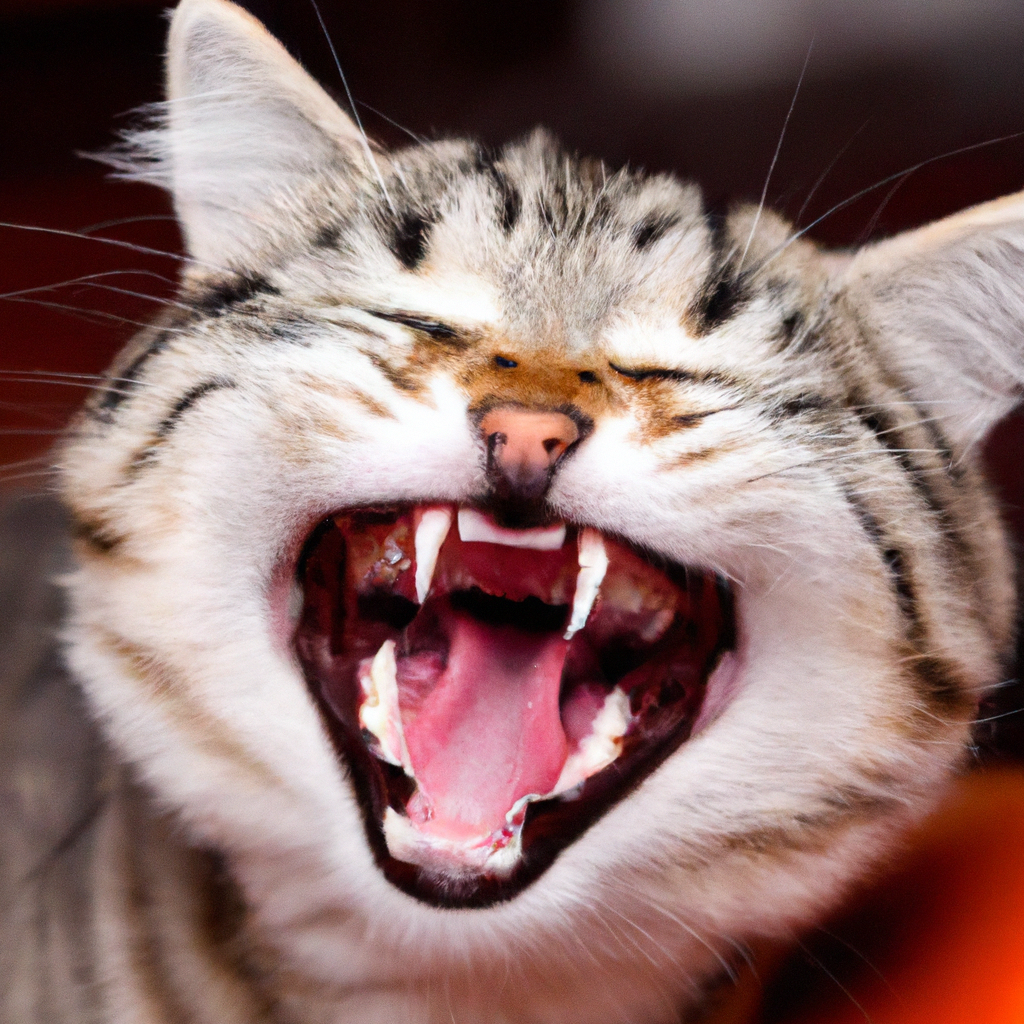
Learn how to speak directly to your cat, communicating your thoughts and feelings CLICK HERE
Cat Growling with Humans
Cat growling towards humans can be concerning and require attention. Here are some factors to consider when addressing growling directed towards humans:
Play Aggression
Sometimes, cats may exhibit growling behavior during play sessions. While it might seem alarming, it can be a way for cats to express their excitement and energy. However, it’s important to set boundaries and redirect their play towards appropriate toys or objects.
Fearful Reactions
If a cat growls at humans out of fear, it’s crucial to approach with caution and respect their boundaries. Forcing interaction or ignoring their distress signals can exacerbate the fear and lead to continued growling behavior.
Handling Signaling
When handling your cat, it’s important to pay attention to their body language and any signals of discomfort. If your cat growls when being touched or picked up, it may indicate that they are experiencing pain or discomfort. Consult with a veterinarian to rule out any medical issues.
Improving Communication
Improving communication with your cat can help mitigate growling behaviors. Learn to read and respond to their cues, making sure to respect their boundaries and provide them with a sense of security and trust.
When to Seek Professional Help
In some cases, cat growling may persist or escalate to a point where professional help is necessary. Here are some signs that indicate it’s time to seek professional assistance:
Persistent Aggression
If your cat’s growling escalates to persistent aggression, posing a threat to the safety of others or other animals, it’s critical to seek professional help immediately.
Inability to Manage Behavior
If you’ve tried various strategies to manage your cat’s growling but have been unsuccessful, consulting with a veterinary behaviorist or certified animal behaviorist is recommended. They can provide expert guidance tailored to your cat’s specific needs.
Severe Fear or Anxiety
If your cat’s growling is driven by intense fear or anxiety, professional intervention can help alleviate their distress. A behaviorist can assist in developing a comprehensive treatment plan to reduce fear and improve your cat’s overall well-being.
Potential Medical Issues
If your cat’s growling behavior appears suddenly or is accompanied by other concerning symptoms, it’s crucial to consult with a veterinarian. Underlying medical issues, such as pain or illness, can contribute to behavioral changes, including growling.
In conclusion, cat growling is a vocalization that can indicate various emotional states in cats. By understanding the triggers, signs, and proper ways to respond, you can create a safe and harmonious environment for both you and your feline companion. Remember to seek professional help when necessary and always prioritize the well-being of your cat.

